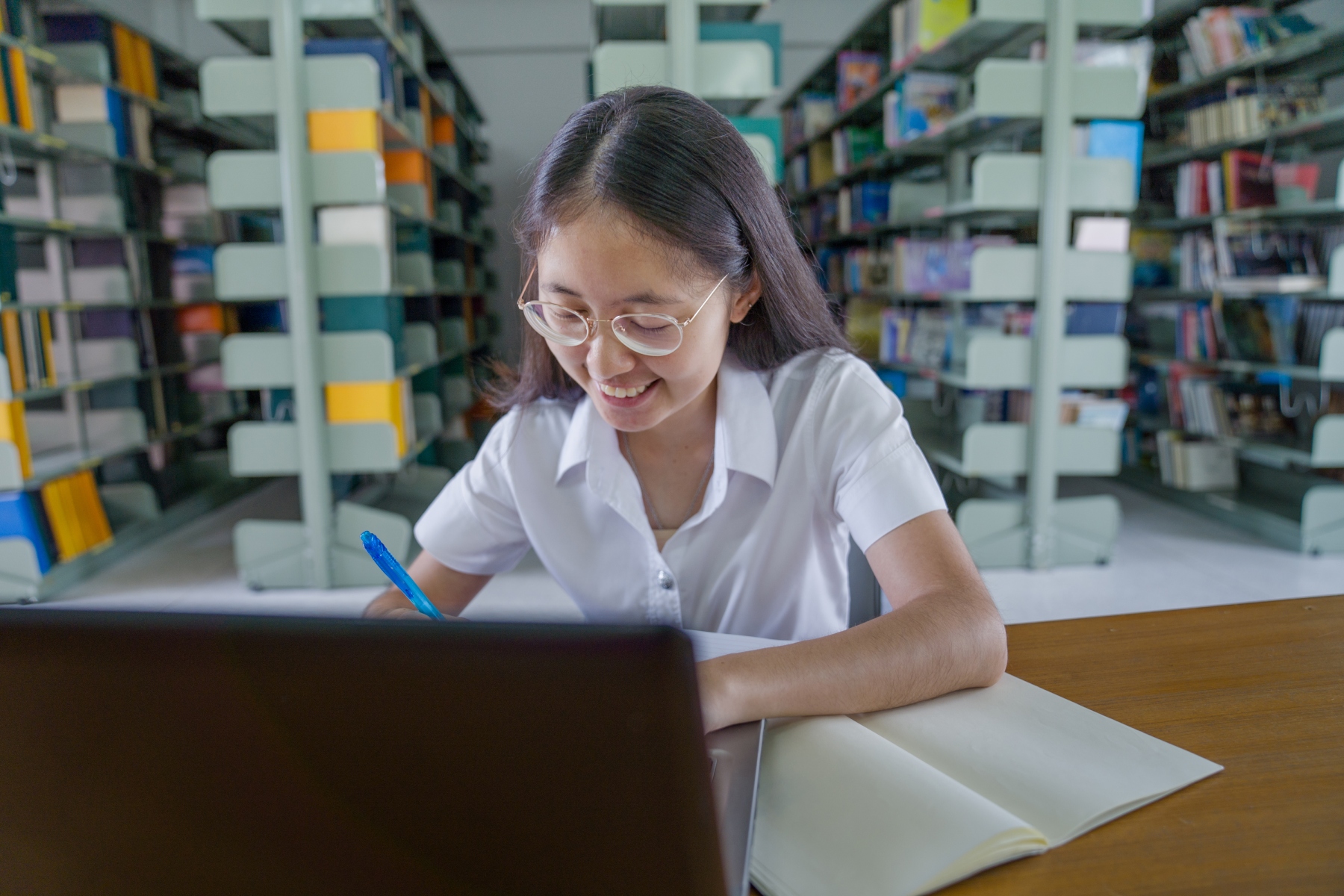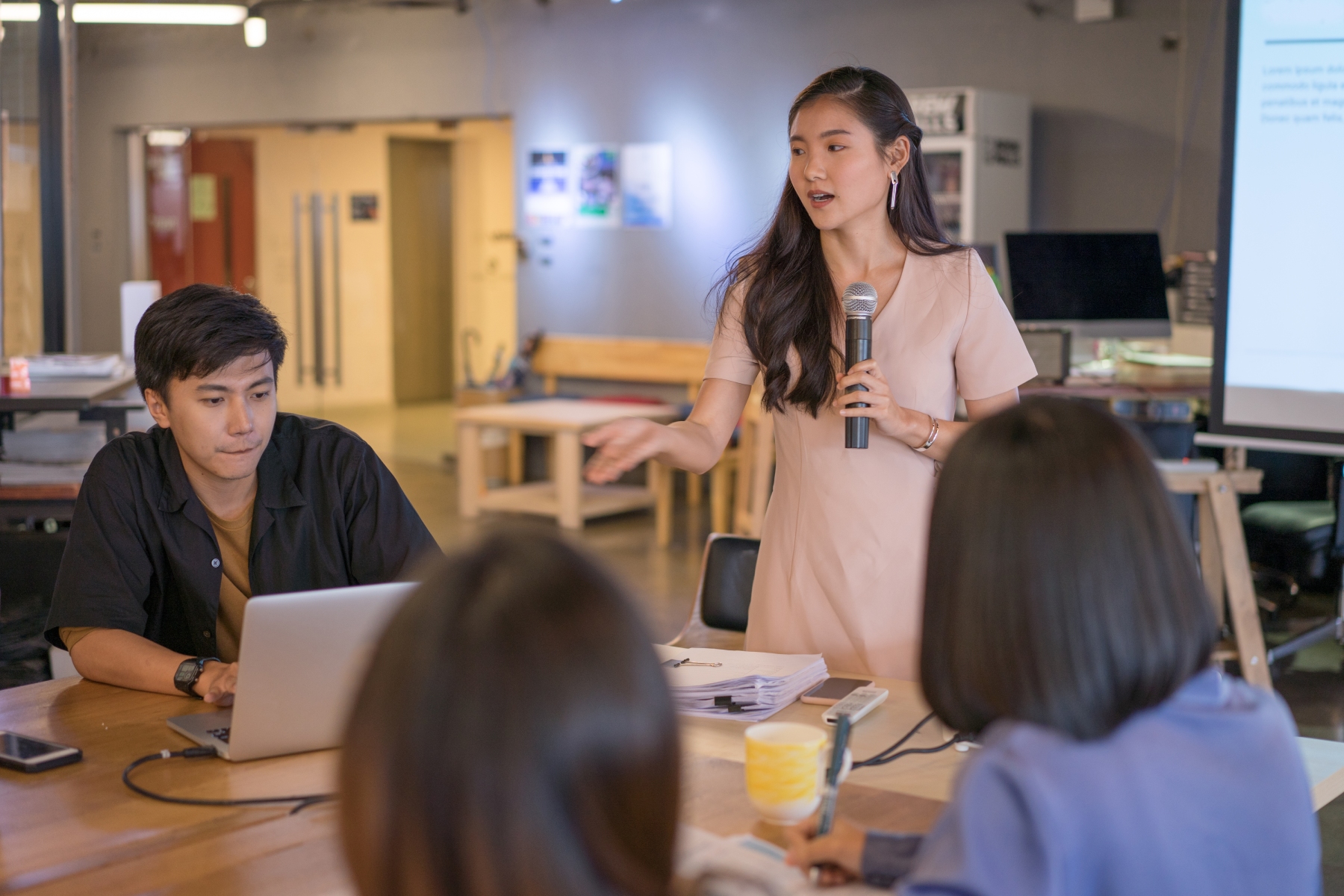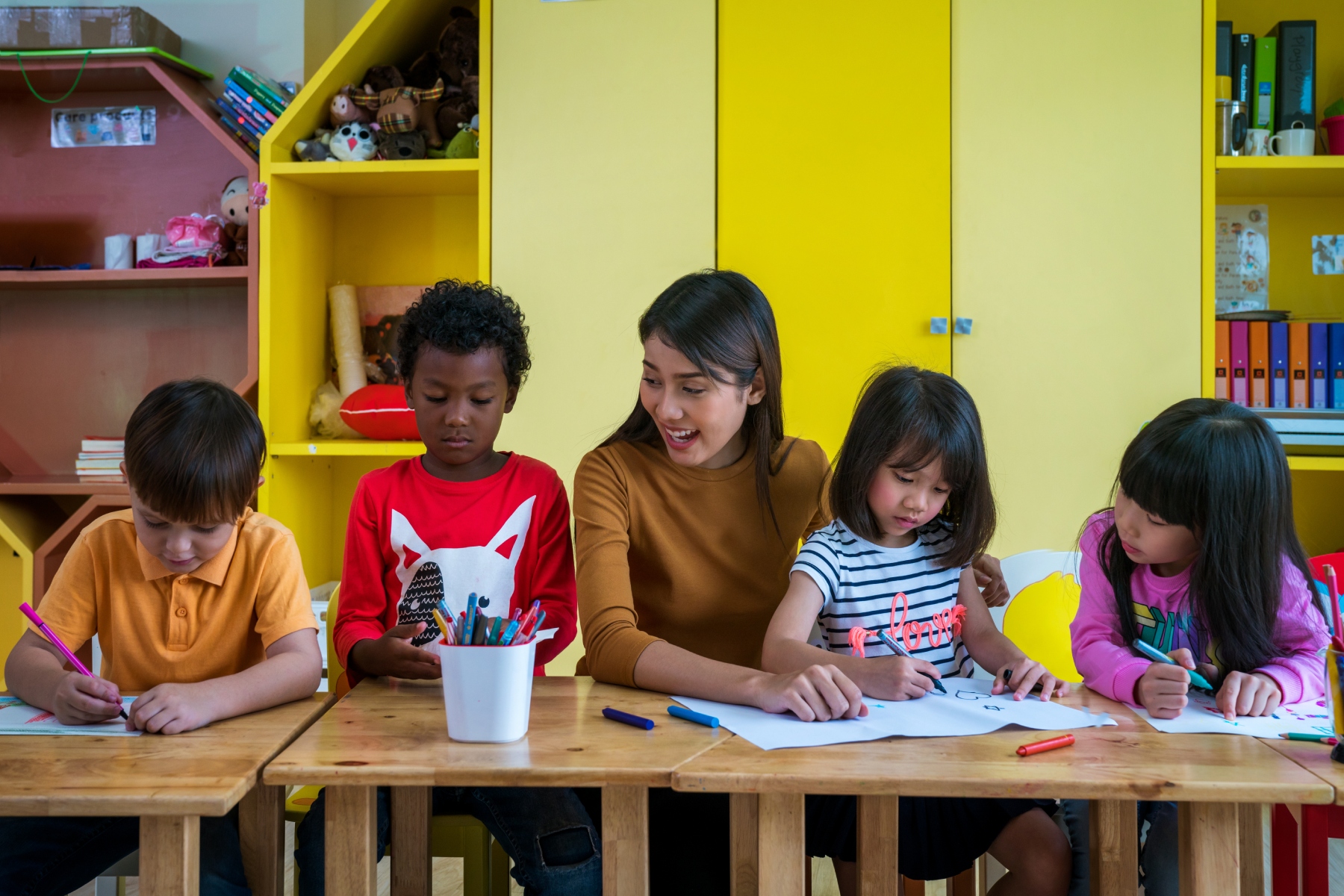Whether you’re an expat or a Singaporean native, as a parent, you’ll be happy to hear Singapore boasts a world-class education system. This includes a plethora of reputable international schools that offer quality education and global curricula.
To help you choose the most suitable school for your kids, this article outlines the following information:
The education system in Singapore
Singapore boasts one of the best education systems in the world, which often falls within the top ten on global rankings. However, it is renowned for its strict curriculum and high academic pressure on students, which is something to bear in mind if you are moving to the country with children.

Similar to most other countries, Singapore’s education system features both public and private schools, all of which must be approved by and registered with the Ministry of Education (MOE).
The public system is made up of:
- Two years of kindergarten
- Six years of primary school
- Six years of secondary education
At the end of primary school, students must sit the Primary School Leaving Examination (PSLE) and use their results to apply to an appropriate secondary institution. Once they have finished secondary school, they must then take different exams depending on the school they are attending.
This could be one of the following:
However, most expats, as well as some locals, choose to send their children to international schools as they don’t follow the strict local curriculum and rigid learning techniques that are common in public institutes. And because they operate privately, they are able to offer different curricula and a more multicultural educational experience.
Moreover, students from international schools generally graduate with globally recognized qualifications, such as the International Baccalaureate (IB) Diploma, or country-specific qualifications like Australia’s Higher School Certificate (HSC).
How do international schools in Singapore work?
International schools usually cater to children of all ages, which means that students can transition from kindergarten to high school within the same institution. The main language of instruction is English, which is one of Singapore’s four official languages.
Notably, each institution offers a unique national curriculum and qualifications. For instance, there are international schools that offer either the French, Australian, British, Indian, German, or American curricula. As a result, students can graduate with an international qualification or the national school leaver’s certificate.
The former is typically the International Baccalaureate (IB) Diploma, while the latter is the national certification that is offered specifically by the school. For example, children at the German European School Singapore can choose to do the IB program (in English) or the Deutsches Internationales Abitur (German international high school certificate) in German.
There are more than 60 international schools in Singapore, which means that parents have plenty of options when it comes to choosing one for their child. What’s more, each school offers quality programs, excellent facilities, and a multicultural environment, so whatever they decide, their little one is sure to have a quality education. That said, this comes at a price, and school fees can be notoriously high at some of the more sought-after international schools.
Types of international school in Singapore
The international schools in Singapore use a range of curricula and teaching methods, therefore parents can opt for the one that best suits their families’ needs. The language of instruction is usually English, although students usually learn an additional one such as French, Spanish, German, or Mandarin during their studies.
Since these schools are private, parents must pay for tuition fees. The costs differ between schools and increase by grade, however, you can generally expect to pay thousands of dollars each year. For example, the admission fees to attend the United World College of South East Asia (UWCSEA), one of the country’s top international schools, range from around SGD34,000 to SGD44,000 per year.
Some schools also offer accommodation options, which naturally increases the amount parents must pay. For instance, boarding at the UWCSEA costs an additional SGD39,000.
Moreover, there are several extra costs to consider, including:
- Activities and field trips
- Application and enrolment fees
- Payments for technology, books, and equipment
- Payments for uniforms
With this in mind, it is a good idea to check with your employer to see if they can partially cover your child’s school fees. Notably, some companies will reimburse parents for education costs as part of their relocation policy, which can save you a lot of money if you are moving to Singapore with your family.
International Primary Curriculum (IPC)
Many international schools in Singapore offer a global curriculum starting from the primary level. The two most popular ones on offer are:
Notably, the IPC was created in the UK and is adaptable to the country it is taught in. It also prioritizes specific learning goals for each subject and encourages students to take a skills-based approach to education.

A handful of schools in Singapore offer the IPC, including:
- Astor International School
- Holland International School
- Overseas Family School
- The Grange Institution
- The Winstedt School
Other schools, however, choose to follow the IB’s PYP curriculum. This focuses on creating conceptual understanding in students by teaching them to be curious and think broadly. As a result, they can take ownership of their education and build a lifelong love of learning.
The schools offering the PYP program include:
- Chatsworth International School Singapore
- Middleton International School
- Nexus International School
- XLC World Academy
The International Baccalaureate (IB)
The most popular global program for international schools is arguably the IB. Originating from Switzerland, the curriculum offers a well-rounded education and centers on the idea that students are global citizens.
Over the course of two years, students take six subjects: three at the higher level and three at the standard level. The following subjects are compulsory fields of study in the program:
- English
- Humanities
- Mathematics
- Science
Students can then pick unique subjects within the field of humanities and science. For example, they might choose to study history, biology, art, English, business, and mathematics.
In addition, children must take a philosophy course called Theory of Knowledge (TOK) and write a 4,000-word extended essay on a topic of their choice.
Outside of studying, students must also record 150 hours of creativity, activity, and service, which is known as CAS. This is split equally into 50 hours of creative endeavors, sports, and service activities.
The international schools in Singapore that offer the IB include:
- Australian International School
- Canadian International School
- Chatsworth International School Singapore
- GESS International School
- Global Indian International School
- Nexus International School
- Stamford American International School
- St Joseph’s Institution International
- Tanglin Trust School
- United World College South East Asia
American international schools and Advanced Placement (AP)
There are only a handful of American international schools in Singapore, however, the ones that do exist offer a typical American-style education. Therefore, students must maintain an acceptable grade point average (GPA) to proceed to the next grade and graduate with their high school diploma.
You can also take SATs in these schools to get into American colleges further down the line, as well as AP courses to gain college credit.
Students who want to pursue an American education in Singapore can do so at the following schools:
- Heritage Academy
- International Community School
- Singapore American School
- Stamford American International School
- XCL American Academy
British international schools
Due to its British colonial legacy and current Commonwealth status, British international schools are popular in Singapore. Many offer the full Cambridge curriculum, sometimes alongside other programs such as the IB.
At the age of 15 or 16, students must take the International General Certificates of Secondary Education (IGCSE) exams. Up until this point, they typically follow a broad-spectrum curriculum that includes mathematics, science, humanities, arts, and languages.

In their last two years, students take A-level classes and exams in specialist subjects, which prepares them to study at British universities.
The international schools in Singapore that offer a British-style education include:
- Australian International School
- Brighton College
- Dover Court International School
- Dulwich College
- EtonHouse International School
- Tanglin Trust School
- The Perse School
- The Winstedt School
Other ‘national’ international schools
Aside from the schools already mentioned, there are plenty in Singapore that offer other national syllabi. In most cases, classes are usually taught in English or the curriculum’s national language.
Depending on the school they attend, students will either receive the IB Diploma or their national qualification at the end of their studies. Notably, fees will also vary between institutions.
Some of the other national international schools in Singapore include:
- Australian International School
- Canadian International School
- German European School Singapore
- Global Indian International School
- Holland International School
- International French School
- Singapore Japanese School
- Singapore Korean School
- Swiss School of Singapore
Religious schools
You can also find international schools in Singapore that pair their chosen curriculum with religious education. Most of these are Christian-focused, however, there are a few other options available.
At these schools, students study the institution’s chosen belief (alongside their regular classes) and routinely attend church or temple.
Some of the religious international schools in Singapore include:
- HFSE International School (Christian)
- Madrasah Alsagoff Al-Arabiah (Muslim)
- Maha Bodhi School (Buddhist)
- Sir Manasseh Meyer International School (Jewish)
Method schools
Singapore has numerous international schools that specialize in specific teaching methods. However, these are mostly for kindergarten and primary levels.
There are three main methods of education, as follows:
- Montessori: Popular in Singapore, these schools encourage curiosity, lateral thinking, and child-led learning
- Reggio Emilia: This method inspires children to create their own form of learning with minimal input from adults. As a result, they create their own curriculum and pursue their interests in greater depth.
- Waldorf-Steiner: Focuses on creating well-rounded students who are curious and independent. Child-led learning is key and art, movement, and nature are all used to facilitate education.
Some of the institutions that offer these methods include:
- Brighton Montessori
- Bucket House Preschool (Reggio Emilia)
- Les Oliviers (Montessori)
- Lilly Valley International Preschool (Reggio Emilia)
- Little Woods Montessori
- Lotus Bloom (Waldorf Steiner)
- Mulberry Learning (Reggio Emilia)
- Waldorf Steiner Early Years Centre
Should you send your child to an international school?
Before parents choose which institution to send their child to, they first need to decide between public and international schools in Singapore. While most opt for the latter, it is important to approach the decision from all angles. For instance, below are some main points to consider.
Qualifications
Singapore has unique school qualifications, and these may not be as widely recognized around the world as, for example, the IB Diploma. Moreover, if the child wants to go to university in another country, it might be helpful to follow an international curriculum.
Integration
Students at local schools will be around other Singaporeans and will therefore be able to better integrate into local life. On the other hand, many foreign students will leave the country when they finish their education and multicultural international schools will help them better prepare for this.
Both public and international schools in Singapore offer education in English, however, local schools also teach in Malay and Mandarin. Therefore, students who attend international schools may miss out on learning these languages, since their curricula are taught in tandem with other languages, such as French and German.
Fees
Unsurprisingly, fees for international schools are much higher than they are for public ones. However, it is important to keep in mind that they offer more facilities and extracurricular activities.
School holidays
Since international schools are private institutions, their holidays sometimes differ from the official Singaporean public school calendar. Therefore, it is important to check them to make sure that you and your child can have time off together for vacations or to make the necessary childcare arrangements.
How do you choose an international school in Singapore?
Have you chosen to send your child to an international school? Great – now you just have to pick which one. While making your decision, you may want to consider the following points:
- How much your family can afford to spend on school each year
- What facilities and activities the school offers
- What learning style best suits your child
- What your child plans to do after school, and what qualifications might be appropriate for this
- Where the school is located and what the commute will be like
- Which languages the school teaches
What financial aid and scholarships are available?
The MOE Financial Assistance Scheme (FAS) is available for Singaporean citizens who attend certain independent schools and special education (SPED) institutions. You can use the financial assistance eligibility checker on the Ministry of Education website to see if your school is eligible.

However, given that many expat students are not Singaporean citizens, parents can apply for scholarships from international schools. That said, as you might expect, availability and terms of scholarship differ by institution.
For example, UWCSEA offers full and partial scholarships to promising students. You will need to apply for these through your local United World College national committee and undergo a financial assessment.
In special circumstances, schools will also offer discounted prices. For instance, some institutions offer concessions on enrolment and facility fees if multiple children attend the school, or if incoming students are related to alumni.
How to apply for financial aid
If you are eligible for MOA FAS, you can either fill out the Financial Assistance Application Form (eFAS) online or complete the official application form (PDF) and submit it through your child’s school.
Otherwise, applying for financial aid varies by institution. Therefore, you will need to check with your school’s administration office to see if there is any paperwork to fill out or if you need to undergo a financial evaluation.
Useful resources
- International Baccalaureate Diploma (IB) – the official website of the IB which provides more information about the program
- International Schools Database – provides a list of all international schools in Singapore
- Ministry of Education (MOE) – allows you to check if your child’s school is eligible for financial aid






